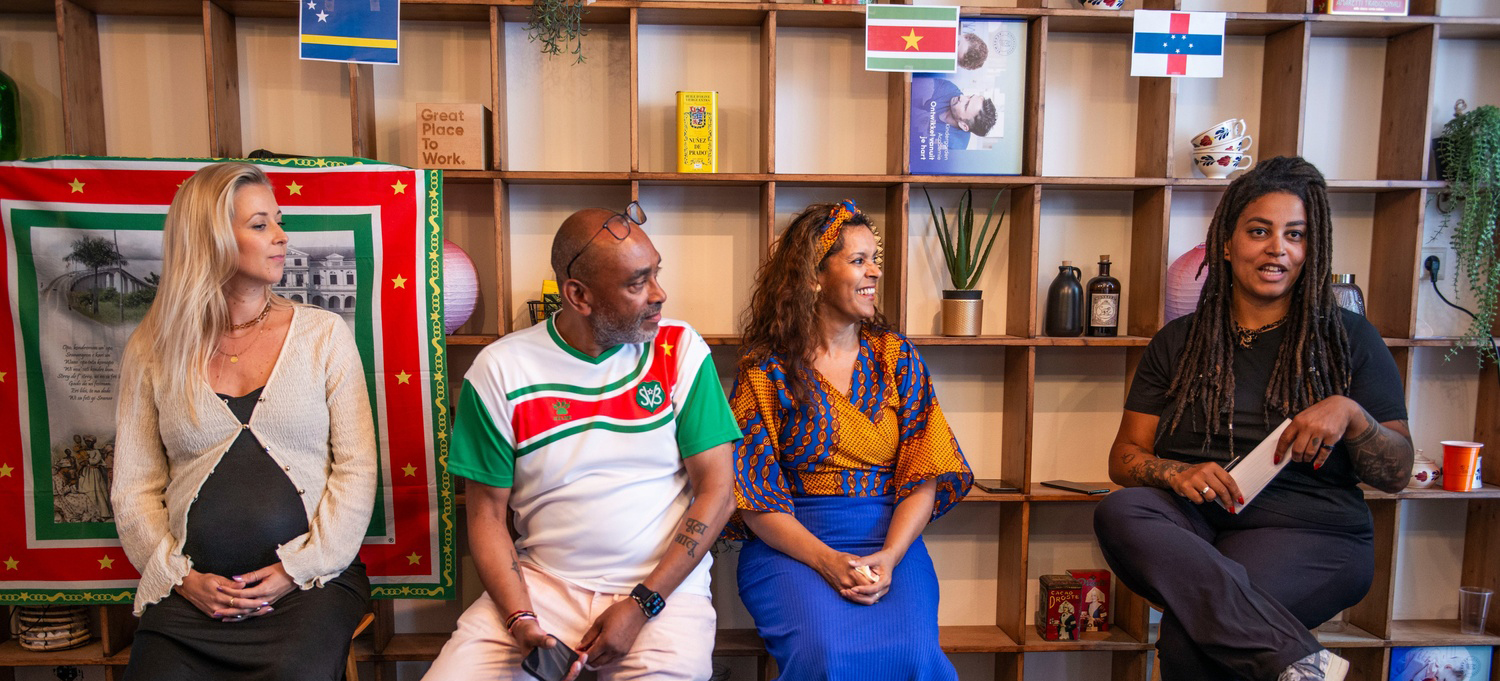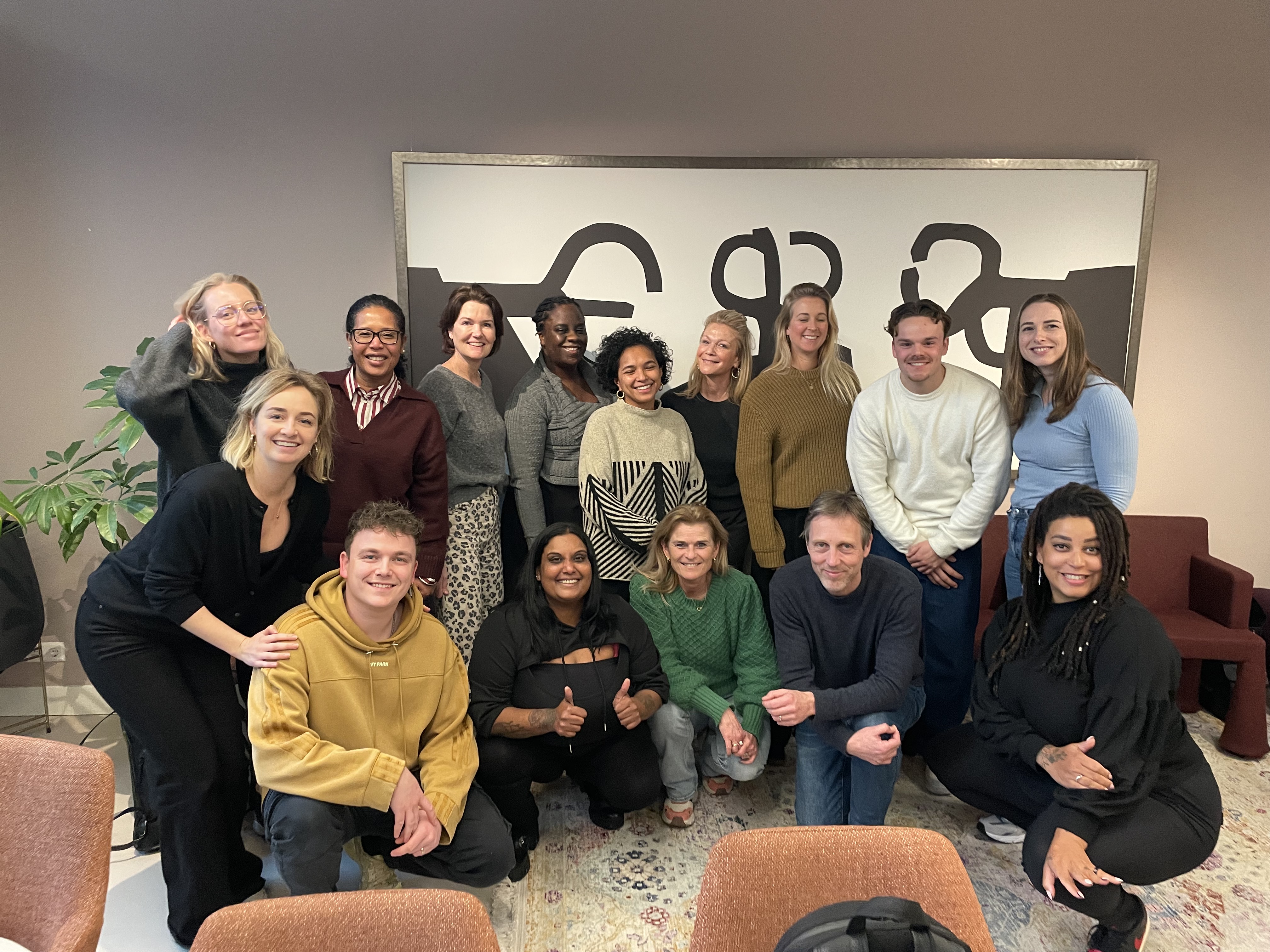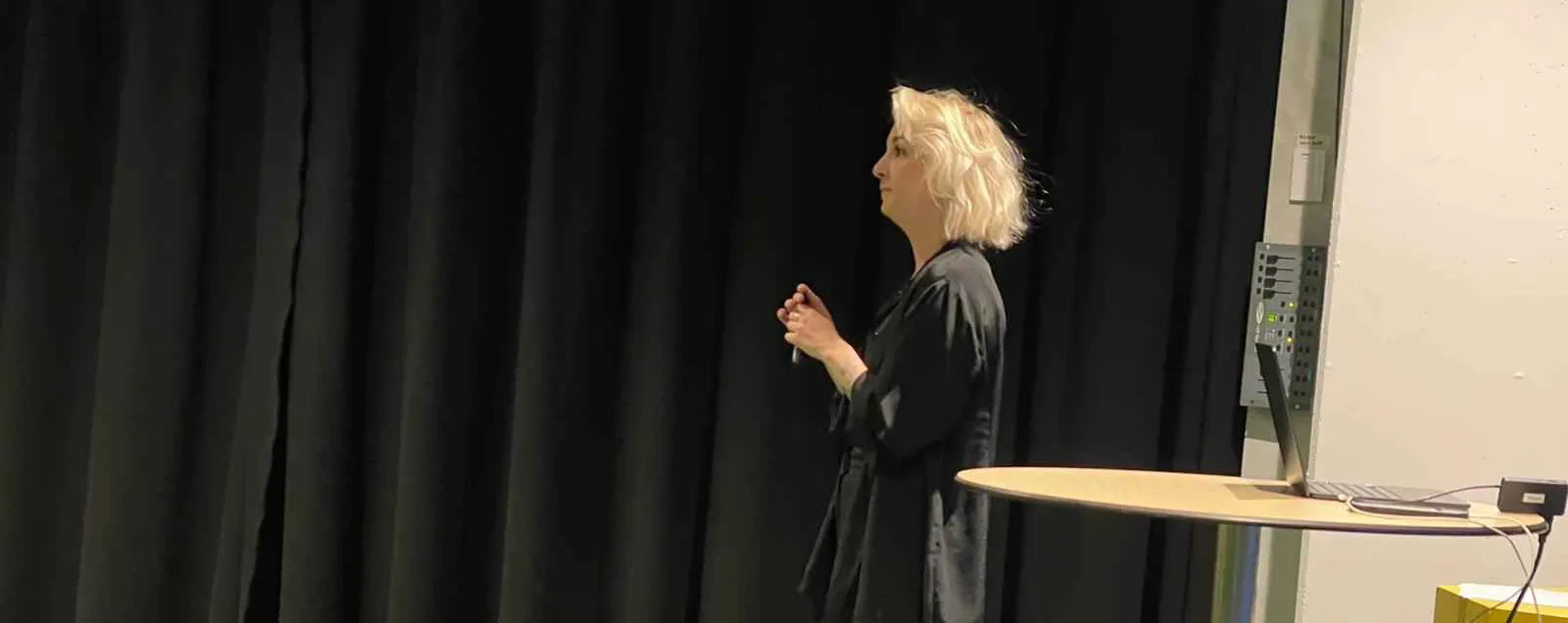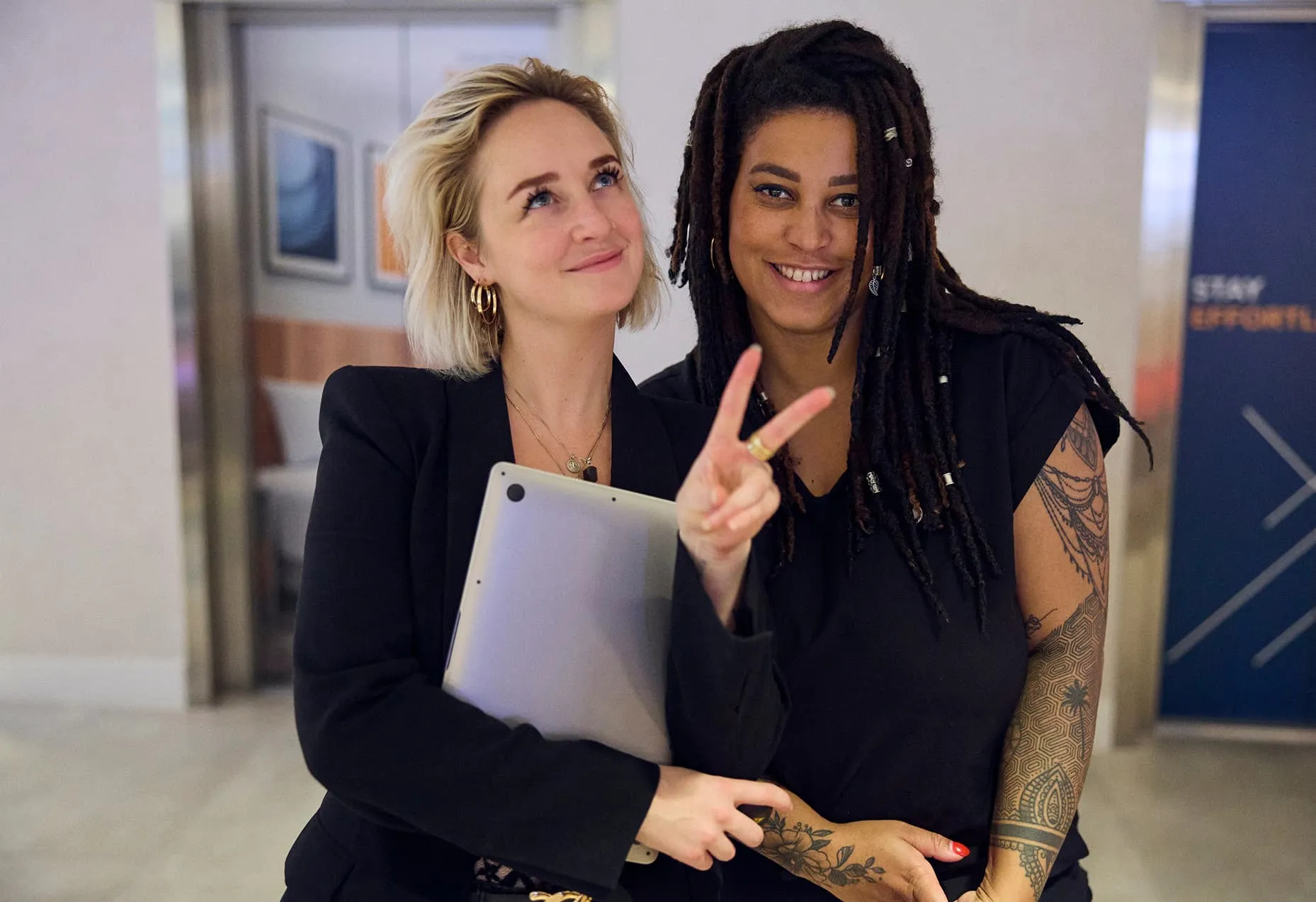The start was a strategy sprint in Utrecht. Twelve employees from different layers of the organization shared experiences and insights. Confronting quotes like “I feel excluded.” whether “I don't feel understood.” made it painfully clear that there was room for change. It was precisely this vulnerability that created a connection and a basis for further building. This resulted in three pillars:
Inclusion starts with visibility
We developed an internal impact platform with news and updates, so that the theme is continuously visible. With a colorful logo and icons, diversity was literally given a place in the organization. In addition, there was a D&I inbox where employees can share ideas and questions.
Leadership starts with vulnerability
Inclusion starts at the top but only works when everyone participates. Hierarchy does not match the theme of equality. That's why management and management followed offline leadership training full of role-playing and open conversations. We created an online fundamentals training for all branch managers. This way, the training was implemented in a scalable and consistent way.
You can experience culture together
Culture only really makes itself felt when you experience it together. On July 1, 2025, we celebrated Keti Koti at headquarters. With food, stories and panel discussions, led by employees with a history of slavery in the family, it was a day of connection. That's what the photos and stories make clear. Other cultural days, such as Eid al-Fitr or Ramadan, are now also an integral part of the calendar.
.JPG)


.JPG)
.JPG)

.JPG)


